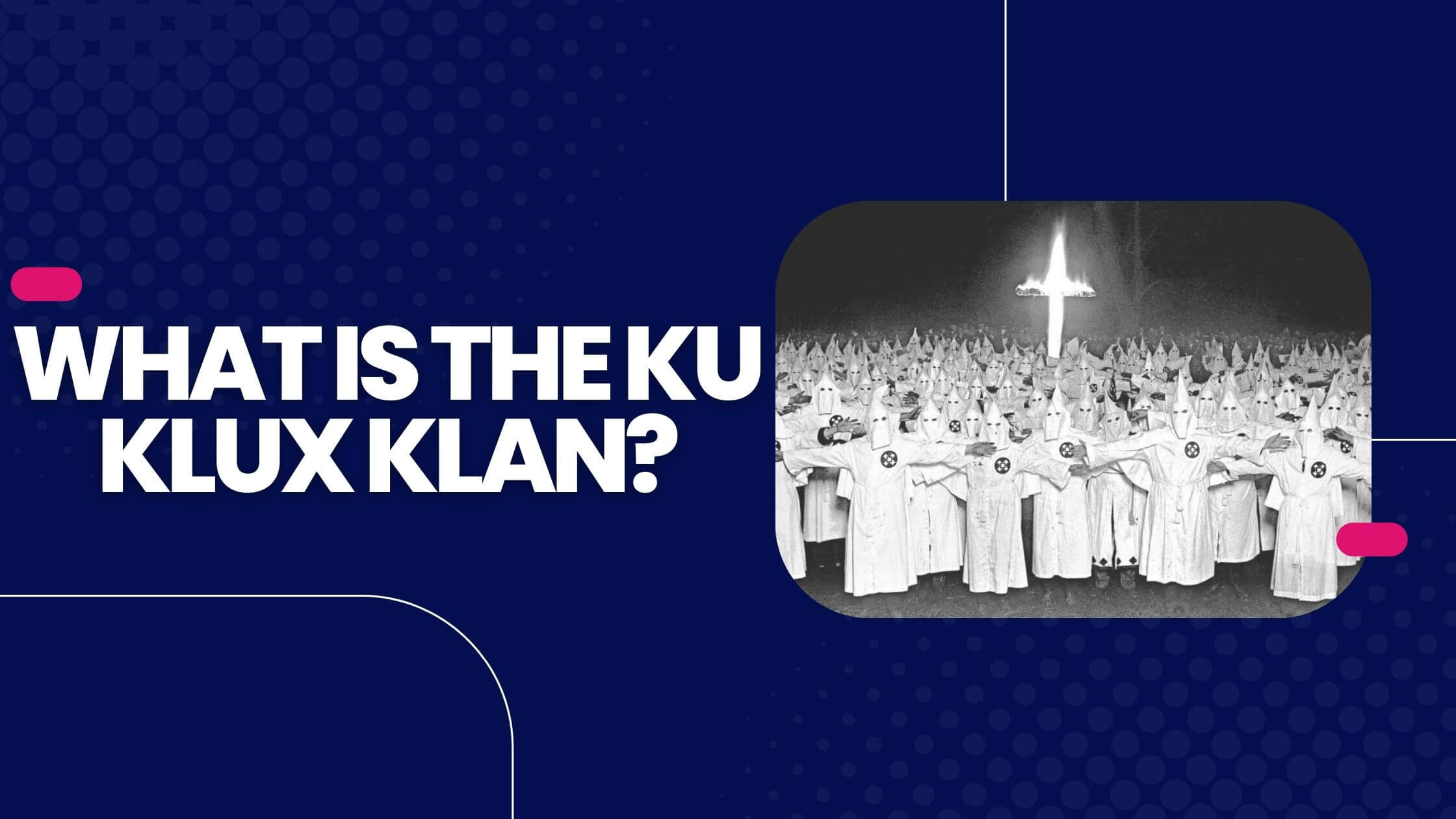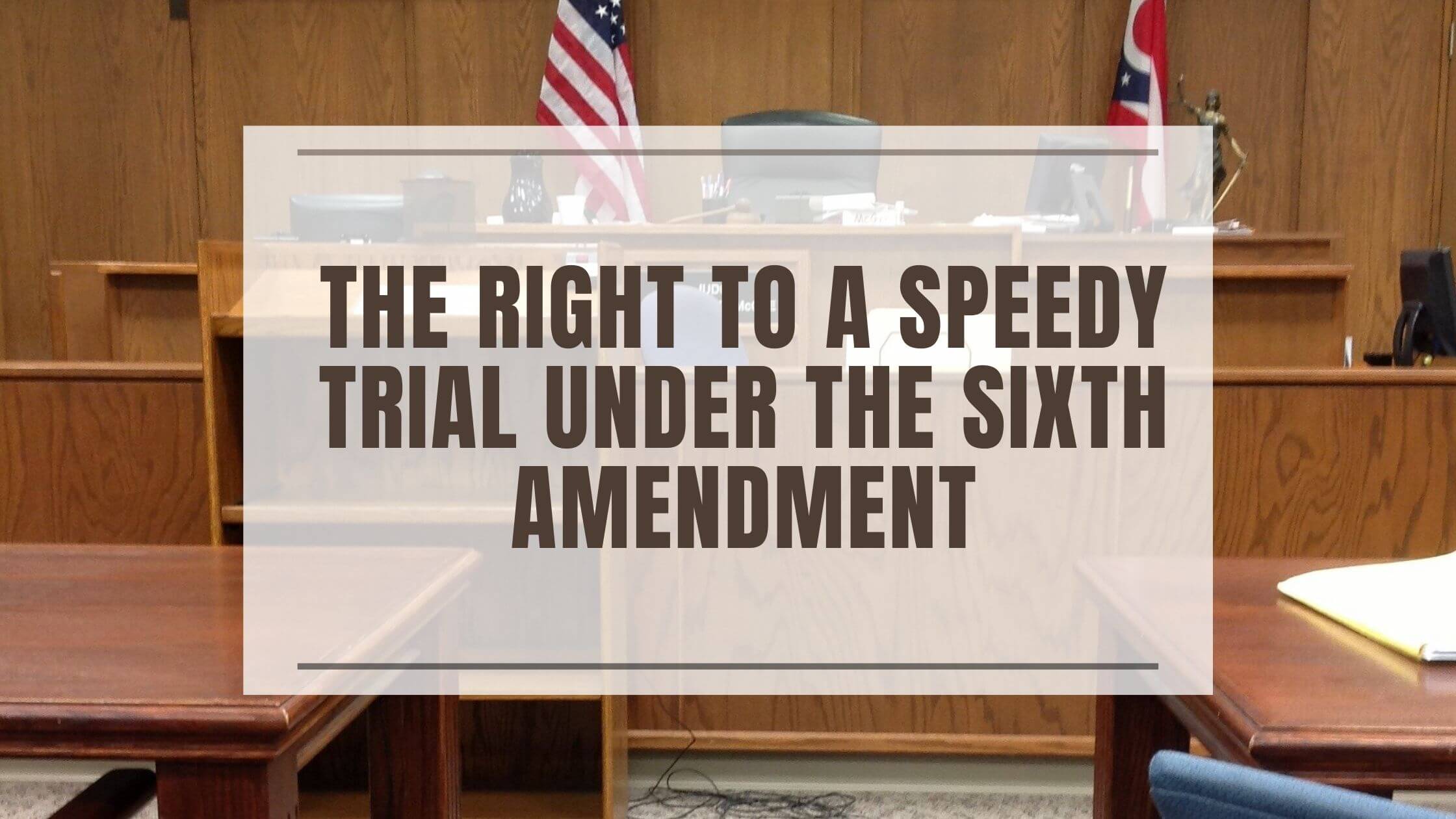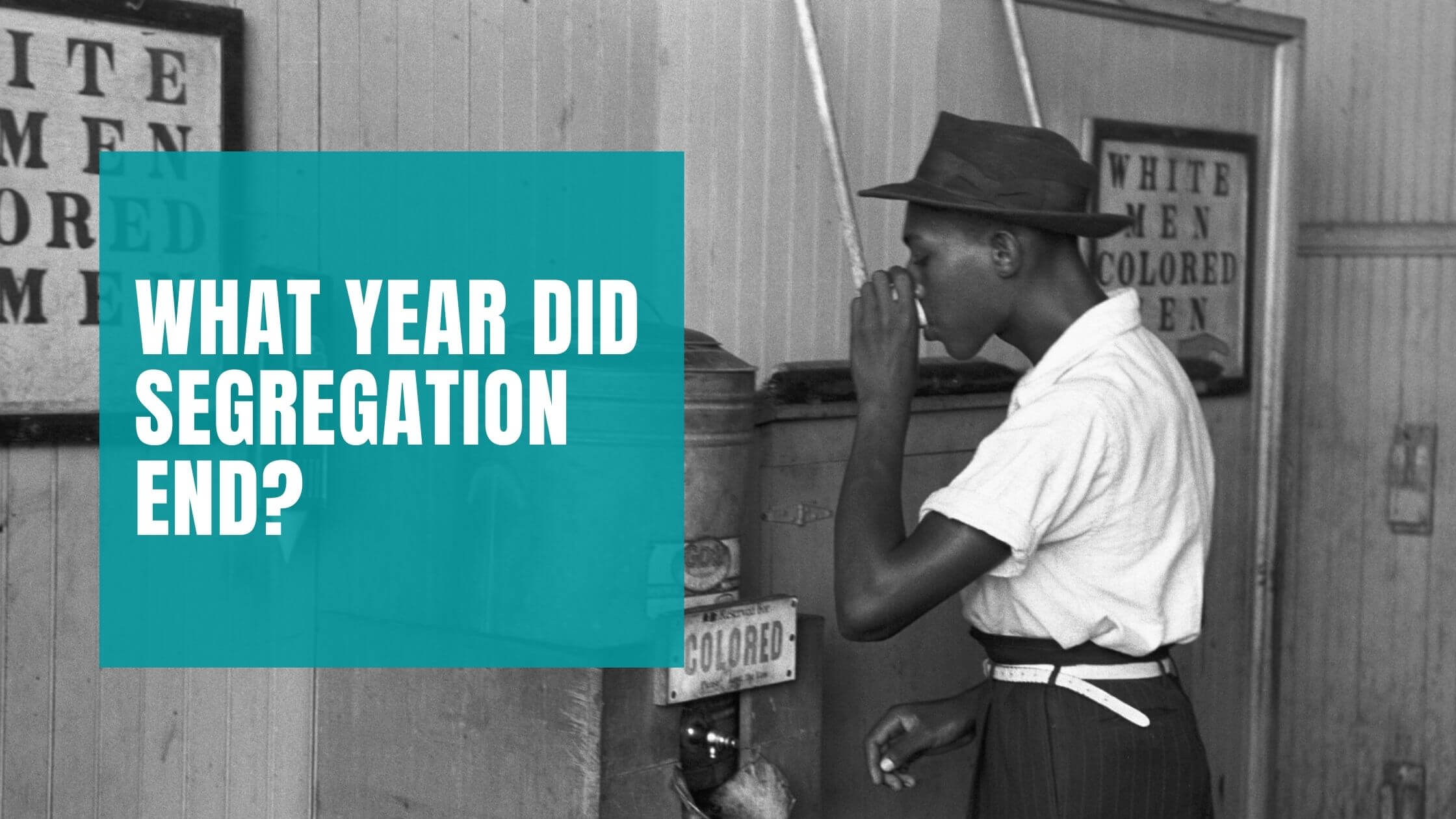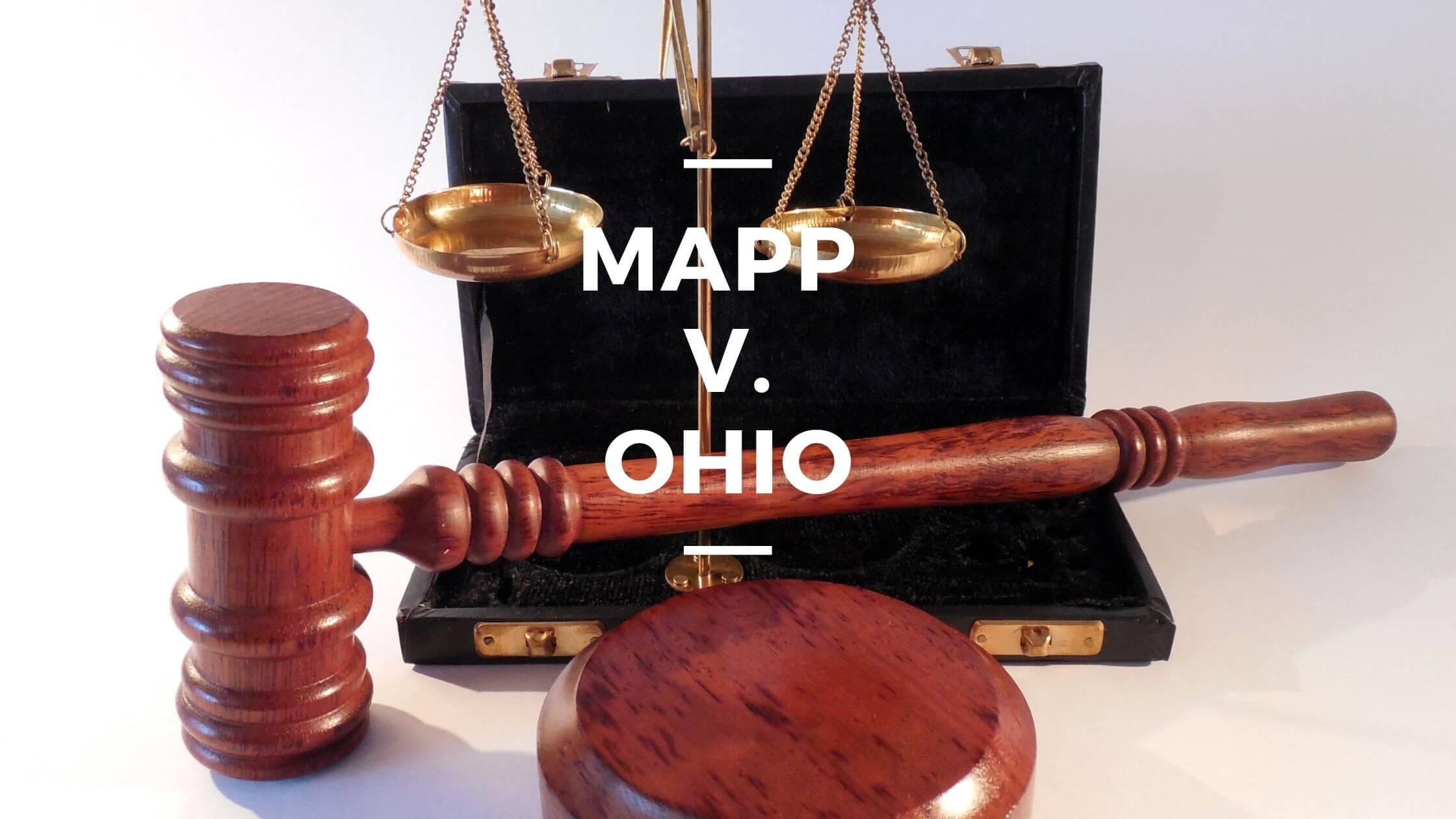Table of Contents
ToggleThe Ku Klux Klan, or KKK for brevities sake, is an organization with strong ties to the progression and civil rights victories in the United States. Where there were positive changes in equality for African Americans and minorities, there were also white supremacists committing acts of domestic terrorism and murder.
Those too young to remember when the hooded figures of the Klan were prevalent may see them more as a caricature now, and a group confined to history. Yet, there are still strains of their beliefs, and the Klan isn’t truly dead.
What is the Ku Klux Klan?
The Ku Klux Klan is a radical organization formed after the Civil War and that has re-emerged in various forms since. There are three distinct periods in which the Klan rose in popularity and faded away. Once after the Civil War, again in the early 1900s, and then following the rise of the Civil Rights Movement.
While the Klan isn’t in force today in the same manner, its influence is clear in alternative far-right extremist groups across America. To better understand the origins of those groups and the evolution of white supremacist extremism in the United States, we have to start with the first Klan that was formed in 1865.
Is the KKK a Terrorist Organization?
Yes and no. There is a lot about the actions and rhetoric of the Klan that make them a terrorist organization. Members come together to deliberately spread hate and fear within their community while using violent tactics to cause harm. Therefore, they fit the mold for domestic terrorists. There are also similar groups in operation today that fit this classification.

When the Klan was at the peak of its power and popularity, its actions were those of terrorists and murderers. They fought to drive fear into the hearts of those that didn’t fit into their ideals. They intimidated black voters, threatened violence, and were responsible for lynchings.
Even if they weren’t directly responsible, their teachings and influence would have affected the actions of others in the community.
However, the law in America currently doesn’t allow for domestic groups to be classed as terrorists. In 2020, a petition began to change that and gained more than a million signatures. Instead, these organizations are domestic hate groups.
The Main Beliefs of the Ku Klux Klan
The political ideologies of the Klan have shifted over time. At first, the main aims were to promote issues of white nationalism in the face of new civil rights. There were also ties to segregationism, neo-confederalism, and Christian terrorism.

When the second wave came, plenty of members were still keen to push those white nationalist views. However, there were also strong beliefs relating to other communities and social issues. Members pushed agendas about anti-immigration, anti-communism, anti-Catholicism, and social conservatism.
Again, many of the old ideas continued when the third wave came along. Yet, there was a shift this time with a stronger leaning towards Neo-Nazism, Neo-Fascism, and Islamophobia.
The First Klan: 1865 – The Late 1870s
The original version of the Klan was short-lived. Around a decade after it rose out of the ashes of the Civil War, it soon died away under pressure from new laws. However, during this period, the Klan created a community with the same beliefs and customs that would continue with later resurrections.
The end of the Civil War meant the freedom of African Americans and the end of slavery. Black men now had far more rights and were closer to equality with white men. This included the right to vote.
White supremacists, mostly those within the losing Confederate states, opposed the changes that followed in the Reconstruction Era.
Reconstruction Led to the Rise of the KKK Until the Introduction of Jim Crow Laws
In retaliation against the Reconstruction movement, newly elected African American officials, and the increased rights of African Americans, the KKK fought back. They often committed murder through lynchings and shootings. They also worked to intimidate black citizens and stop them from using their new right to vote.
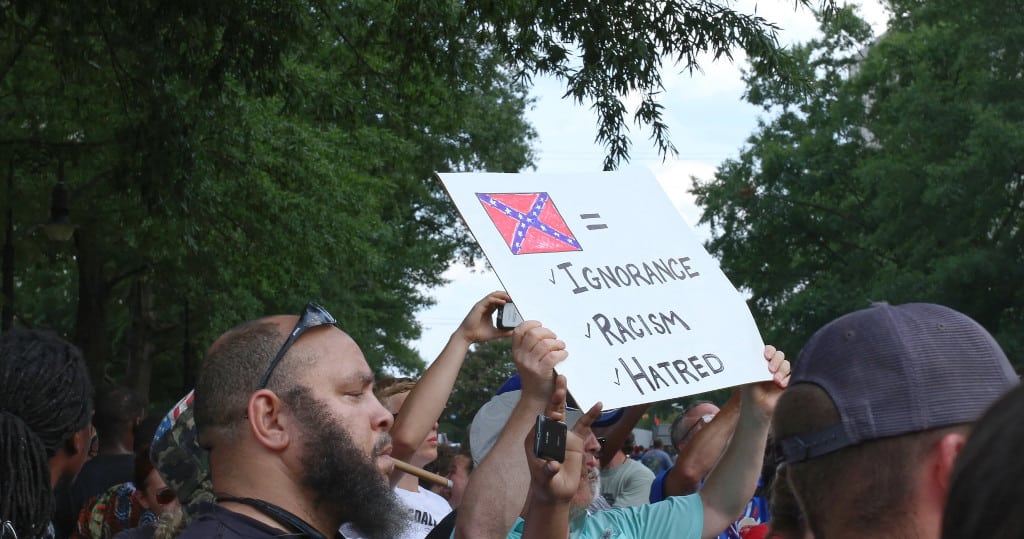
The demise of the First Klan came at the end of the 1870s, when it was deemed to have served its purpose. In 1877, Reconstruction came to an end, and many states brought in Jim Crow laws.
These provided the suppression and segregation for white and black Americans that the Klan was after. An added victory came in 1882 when the Supreme Court declared the Ku Klux Klan Act of 1871 unconstitutional.
The Second Klan: 1915-1944
At the turn of the century, interest in the Ku Klux Klan grew. Not only were those loyal to the causes keen to fight for their beliefs, but there was a glorification of the old ways in popular culture. The idea of becoming a Klan member and protecting the country for white Americas became even more appealing.
There would have been many members of the First Klan keen to continue and teach their ways to a new generation.
The rise of the Second Ku Klux Klan began with the release of Birth of a Nation. This film from D.W. Griffith was one of the earliest examples of American cinema and is still studied for its impact on film and American culture.
It depicted the Klan as heroes saving their community from a racist portrayal of an African American. In doing so, it romanticized the time when the Klansman rode out to protect the rights of white Americans.
The Klan Grew in Members in Response to New Social Challenges
The movie was problematic. The film led to renewed interest in the organization and increased membership. On top of that, white nationalists grew fearful of the impact of immigration from Europe.

Get Smarter on US News, History, and the Constitution
Join the thousands of fellow patriots who rely on our 5-minute newsletter to stay informed on the key events and trends that shaped our nation's past and continue to shape its present.
They wanted to fight back against the Catholics and Jews, and the Klan was a good outlet. There were more than 4,000,000 members nationally in the 1920s at its peak.
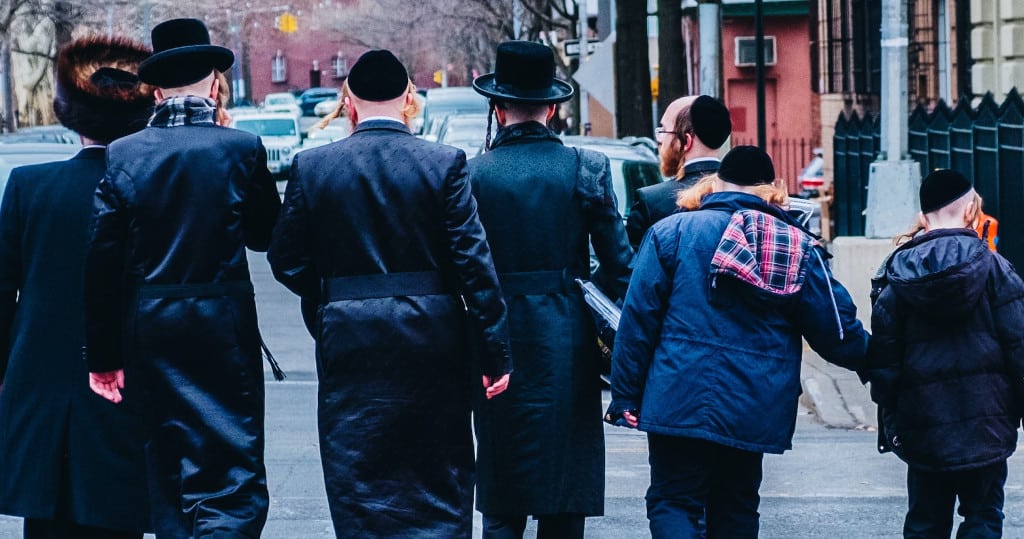
During this time, the iconography of the Klan developed. This was when we began to see more of the marches of Klansman hidden behind their white robes and hats. They also began burning crosses and creating publications to spread the message.
The decline of the Second Klan came around the time of the end of the Second World War. The IRS levied a large tax liability against the organization at this time, so its Imperial Wizard called for it to be disbanded. Smaller groups reformed in the following years, but the organization remained fractured through the 1950s.
The Third Klan: 1960-Present
It didn’t take long before the Klan rebuilt under a new perceived threat. People would always be loyal to the strong beliefs underneath all the Klan violence and hatred. With the right cause and better cohesion, they had the chance to bounce back.
The 1960s saw another major shift in civil rights and protections for black Americans. Naturally, Klan members and affiliates wanted to suppress this as much as possible. The Third Klan emerged with many of the same arguments and tactics as the first in an attempt to push the white supremacist agenda.
The Klan Fought Against Increased Rights for Black Americans
The catalyst for the third rise of the KKK was the civil rights movements and the Civil Rights Act of 1964. The old Klan fought to install segregation and suppress Southern Black citizens, but now that was all in danger of disappearing.
So, Klansmen came together to intimidate those in the communities that were compliant with the new rules.
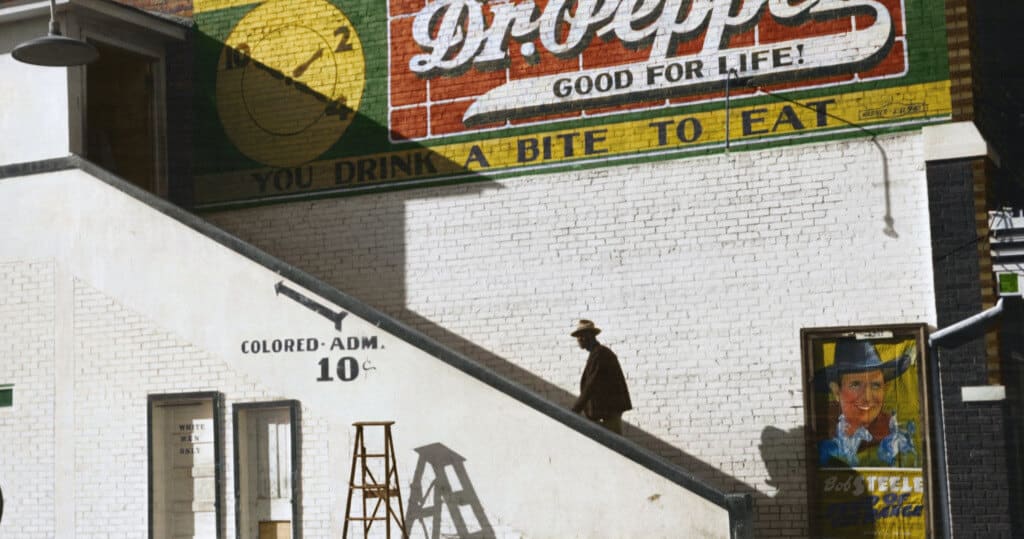
This was a revival of the violent version of the Klan that wasn’t afraid to cause death and destruction to those in their way. They may not always have claimed responsibility for all the shootings, lynchings, and bombings. But, there is little doubt of their direct or indirect influence in many cases.
The Decline of the KKK in the Late 20th Century
Once again, the hype around the Klan and the number of groups active in the US declined significantly in the latter part of the 20th century. Alternative names and sub-groups began appearing to shift focus from the old Klan. A famous example of this is the Knights of the Ku Klux Klan, with David Duke as its Grand Wizard.
It would have been easy to believe that the Klan was dead and buried. However, in 1994, David Duke ran for governor of Louisiana and did very well in the primary election. This showed a surprising level of support for the man and his policies.
What Is the Ku Klux Klan Today?
The Ku Klux Klan is not the major organization in America that it once was. However, there are still groups active in 2022.
You don’t see the same level of meetings, cross burnings, and other acts of violence and intimidation by figures in white gowns and pointed hats. But, there are clearly meetings taking place across the nation.
Statistics on hate groups in America from 2021 show 18 KKK groups operating across the country. While this still sounds like a lot, it is a significant drop from recent years. Reports from June 2017 showed 42 of them active across 22 states, with around half forming between 2014 and 2017.
Again, this shows how interest in the organization continually rises and falls in line with political and social events. There will always be someone that wants to turn to the Klan for inspiration and an old Klan member ready to offer guidance.
Proud Boys and Oath Keepers
The bigger threat in 2022 comes from several groups that promote white supremacist agendas. They have essentially picked up the baton from those older generations but also brought in other forms of hatred to target more demographics and issues.

As of July 12th, 2022, there were 274 general hate groups, 98 white nationalist groups, and 54 Neo-Nazi groups. Beyond that, there were others with more specific targets, such as 65 Anti-LGBTQ groups, 61 promoting antisemitism, and 50 anti-Muslim.
These new groups are often classed as domestic terrorist groups for their views and actions. The Proud Boys and the Oath Keepers are two of the most well-known right now.
Such organizations pose a similar threat to that of the KKK during its reign of terror. However, the viewpoints are far more broad and varied.
Today, many join white supremacist movements as a way of coming together in the name of protecting the United States from so-called harmful groups. These could be other religions, ethnicities, races, or people of different gender and sexual orientations.
White Supremacist Hate Groups Rallies and Protests
The notion of protecting true Americans masks the ideas of racial and bigoted hatred that go down to the core.
For example, members of many of these nationalistic groups took part in the attack on the Capitol on January 6th, 2021. The Proud Boys were subpoenaed by the House Select Committee for their involvement. They are also banned from most major social media sites.
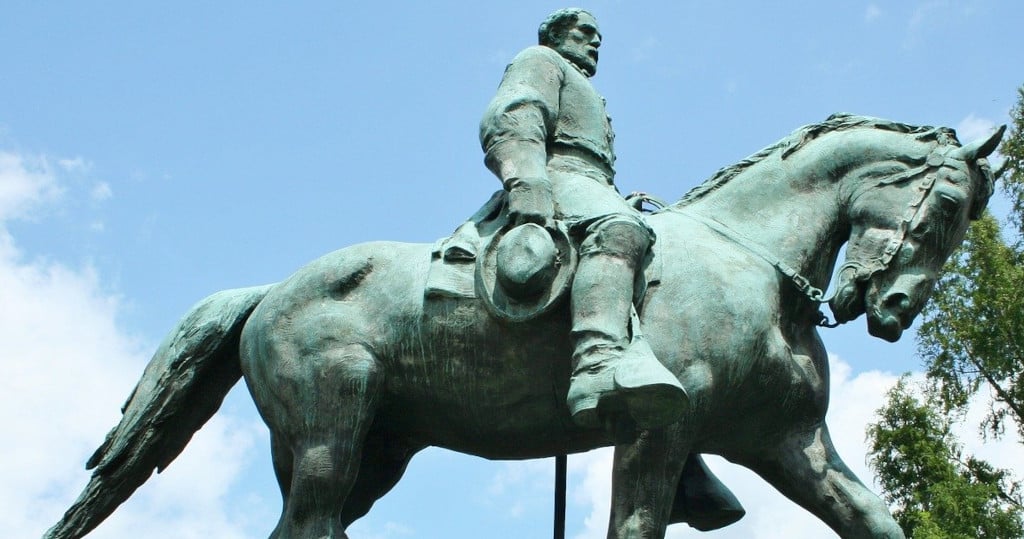
The attack was largely political, with Trumpism a leading factor. Yet, the violence and rhetoric of those protestors show worrying links between Trumpism and the white supremacy movement.
These massive rallies and protests also allow many like-minded people from various groups to come together for a shared cause.
In August 2017, a Unite The Right rally in Charlottesville saw angry white supremacists take to the streets in a demonstration against the removal of Confederate monuments.
Klansmen were reportedly among those with torches and Confederate flags. The event ended in violence, with one counter-protester killed and many people injured.
The Future of the KKK
The Ku Klux Klan will likely exist in some form for a long time to come. The rise of extremist white supremacist groups shows that the sentiment and urgency for violence are strong. The KKK may be a smaller part of all this, but they are still an affiliate present at rallies and responsible for fanning flames.
Somewhere in America, there will always be a white robe in a wardrobe and someone attempting to burn a cross in the name of their beliefs. The KKK and Proud Boys may be designated terrorist organizations by this point. Time will tell.
